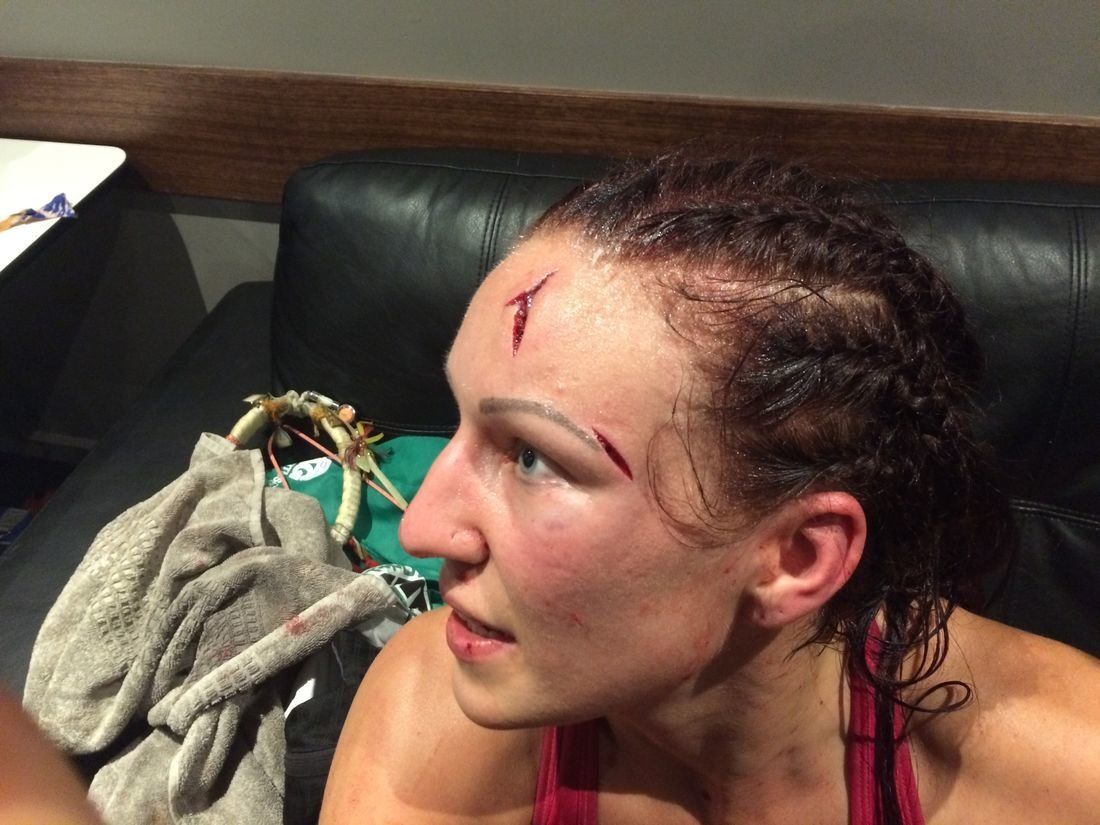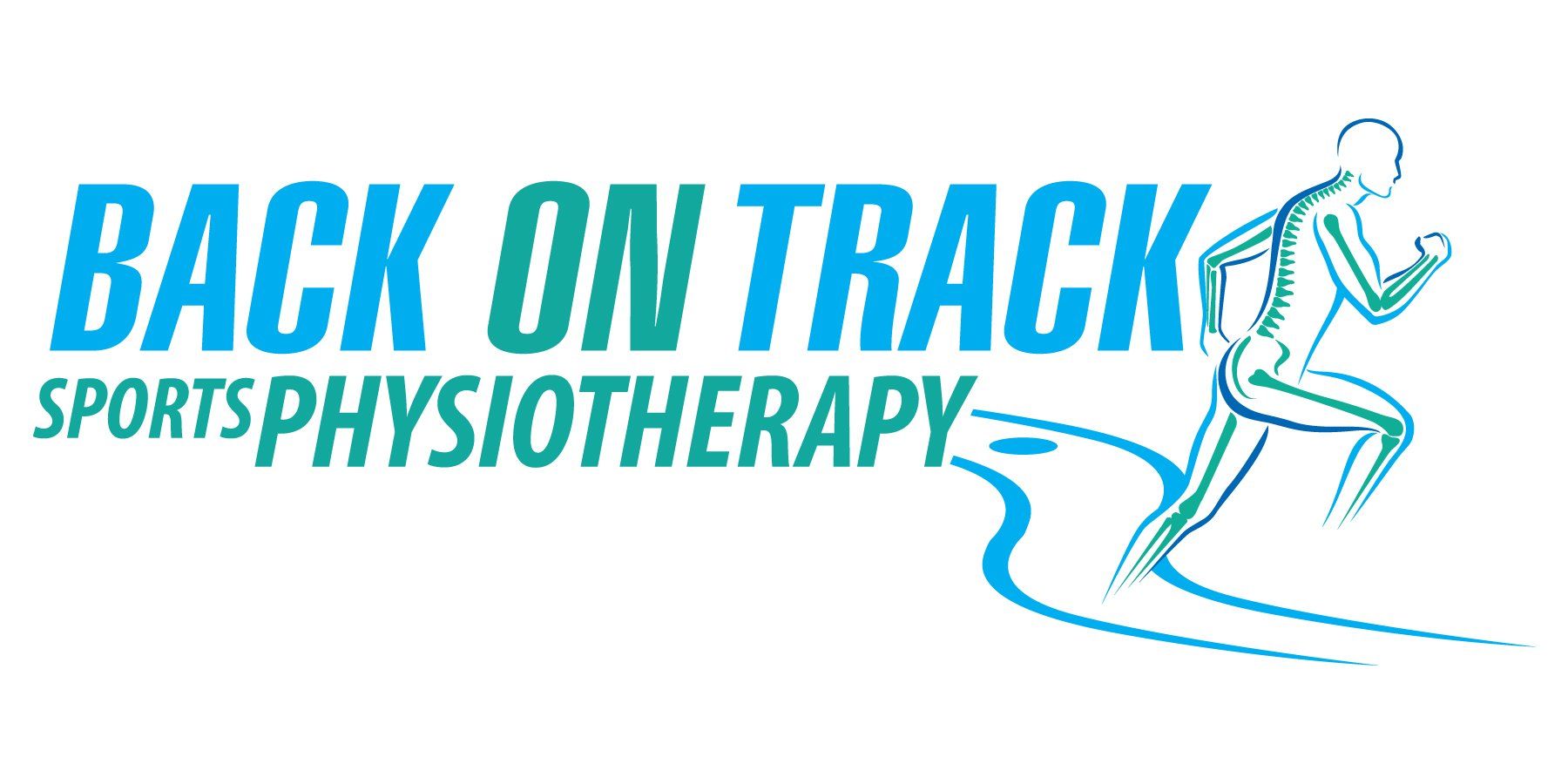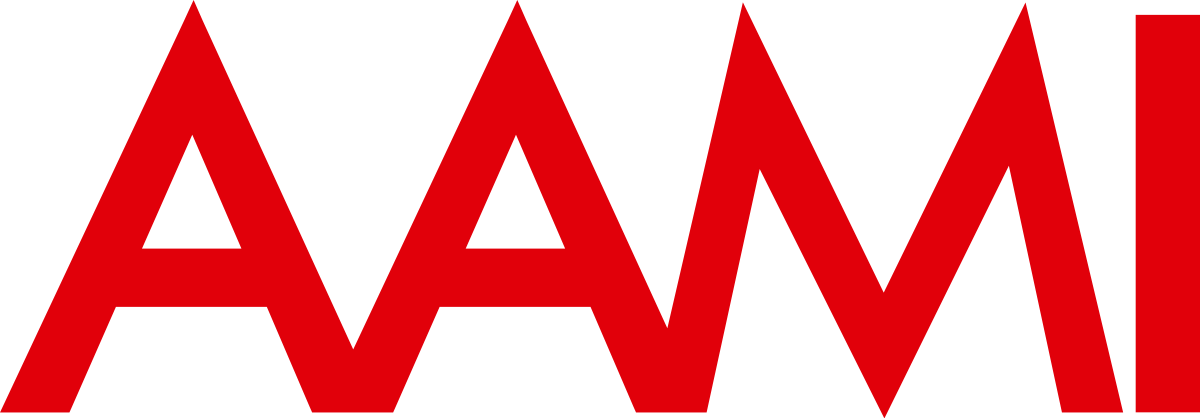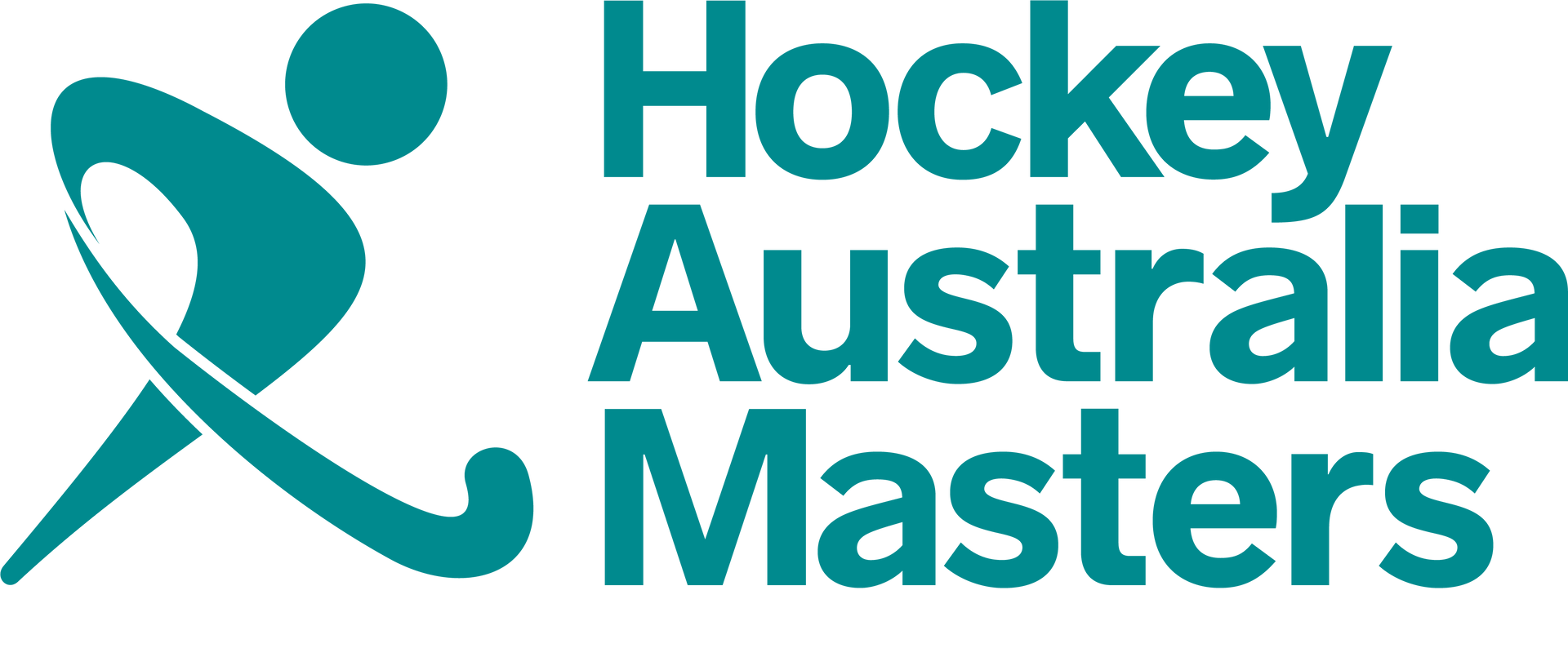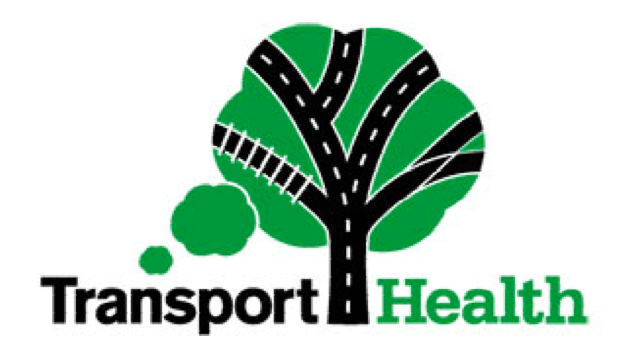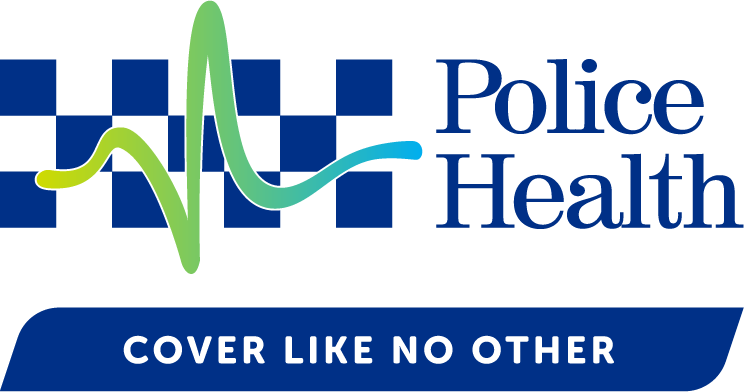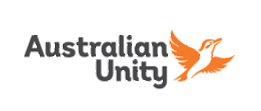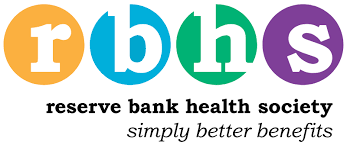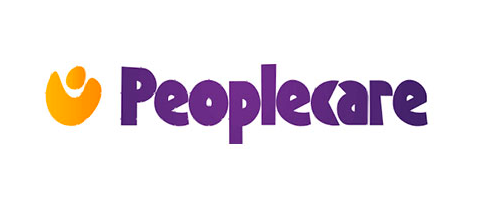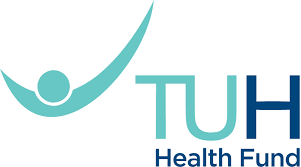Causes of Sports Injuries
Majority of sporting injuries are a result of a direct blow (bruise or contusion) or an indirect force like a twist (sprains, strains, tears). Some injuries are due to over-use stresses (tendinitis, stress fractures). APA website
"Training errors"
Under Training
During training, our body adapts to the increased load of the activity by thickening and strengthening tissues to cope with the increased strains. If a tissue such as a muscle, ligament or even bone is heavily or repeatedly loaded for example when sprinting or rolling an ankle but has not had enough training to allow it to cope with these loads, it will tear. A good example would be an office worker or a student who plays netball at the weekend but has not trained sufficiently prior to the matches.
Over Training
Human body adapts to the increased load of training by thickening and strengthening tissues to cope with the increased strains. If a tissue such as a muscle, ligament, tendon, nerves or even bone is heavily or repeatedly loaded with inadequate time to recover and heal, it will break down and tear and bones may develop stress fractures. Over training and over use occurs in repetitive sports such as swimming, distance running, tennis, football and high volume training in any sports.
An Impact
During an impact there is generally a crush effect which breaks the structures at the point of pressure. Skin, muscles, blood vessels, compression of nerves and bones may be bruised or broken resulting in minor injuries through to cases requiring hospitalisation. Some joint injuries will produce instant swelling and acute pain. These injuries are common in all football codes, netball, basketball and hockey.
Overload
All our tissues are elastic to a degree and when appropriately trained are strong and resilient. When there is a sudden acceleration or deceleration which suddenly stresses tissues to a load greater than they can cope with, they will pull apart and we call this a strain (for muscle), sprain (for ligament) or tear. Most tears are partial tears (grade1-2), but some tissues will completely tear which is called a rupture (grade3). Overload injuries often occur playing tennis, squash, all football codes and athletics and are due to:
Inadequate warm up
Please ask Hamid for the best sport's specific warm-up routine.
Suggested routine ? post-match recovery strategy
Below we have listed basic recovery practices that can be completed by a team participating at any level. This routine has been structured so that the body can be rehydrated, energy stores can be replenished and muscle can be repaired at an improved rate.
1. Start drinking cool carbohydrate/sports drinks immediately on entering the change rooms. This should continue throughout the recovery session.
2. Have carbohydrate-protein snacks readily available for consumption (for example, meal supplement drinks, sports bars, salad and meat sandwiches).
3. Five-minute walk/jog/stretch routine as soon as practical after the players return to the change rooms.
4. Fifteen-minute recovery circuit, alternating between contrast and active groups:
a) contrast: hot shower (37?43 oC)/ice bath (12?15 oC). Hot?cold contrasts should be completed at a ratio of 3:1 (hot:cold)
b) active: bike/walk/stretch at low intensity
c) groups to rotate after approximately six minutes
d) all players finish with a two-minute ice bath (12?15 oC).
5. Have athletes bring food packs for post-match and have them consume this before leaving after a match.
6. Ensure that the post-game meal consists of carbohydrates that have a high glycaemic index.
7. A post-game meal (that is, two to three hours post-game) should consist of high glycaemic index carbohydrates. Some good examples of these dishes are rice dishes, pasta and/or white bread with protein (for example, meat, chicken, etc.).
8. Some athletes have difficulty eating soon after matches, therefore a meal replacement drink (for example, Sustagen or Protein Plus) can be useful.
Imbalances and Poor ratios
- Muscle strenght imbalances
- Muscle inflexibility
- Neural tension
- Joints alignment and stiffness
Biomechanical abnormality
- Foot pronation
- Knee valgus
- Hyper extension of joints
- Hypo mobility of joints
Previous and now chronic injury
The sports physiotherapist will identify and correct any factors which have contributed to the development of the injury and minimise the risk of recurrence.
Are great for calling out important points from your text or adding additional info for quick reference, such as a schedule.
They are typically placed on the left, right, top or bottom of the page. But you can easily drag them to any position you prefer.
No professional athlete who relies on staying healthy to pay the bills ever wants to be injured.
Sport not only provides them with an income, but it’s more than that – it’s the routine, the predictability, the lifestyle. Playing sport is what gives an athlete their identity, their sense of purpose.
Tennis players lead somewhat of a nomadic life, traveling from continent to continent without spending more than a week or so in any one city. So while injury is one of the worst things an athlete can experience, it also offers a return to normality. In a situation of unknown rehabilitation timelines and uncertainty, there’s also a welcome sense of stability that helps put everything else into perspective.
